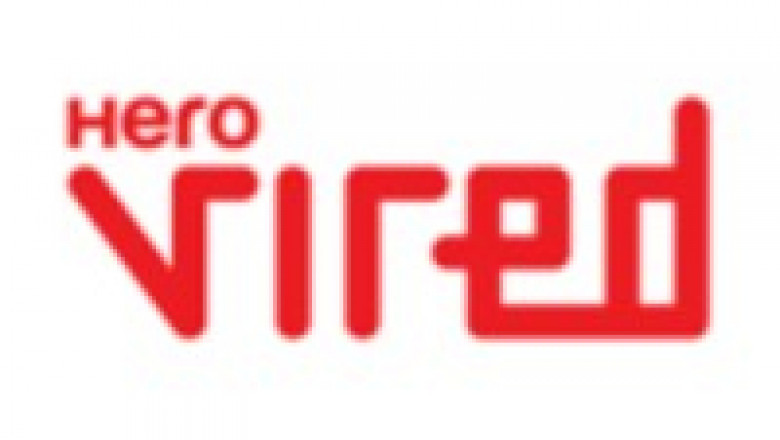views
Across all industries, data analysis has become a critical competency that helps organisations make thoughtful, data-driven decisions. The job interviews for these positions can be extremely challenging due to the massive scope of technical and analytical subjects that form the platform. From simple basics to advanced techniques, employers look for applicants who can be the best at data management and its transformation or manipulation to get desirable results.
We'll review some of the typical data analytics interview questions, grouped by skill level and tool-specific knowledge: Python, SQL, and Excel. So, this guide helps you prepare to assemble all the pieces of the puzzle effectively for an interview with a statistics analyst.
Understanding the Data Analytics Job Role
Key Responsibilities of a Data Analyst
Data Collection and Cleansing: For statistical analysis, the programmers collect data from various sources and then aggregate them for further analysis. This process may be crucial because it is a foundation for further modelling.
Data Analysis and Interpretation: With statistical techniques, the patterns, trends and insights would be pursued by the analysts; thus, setting up analyses such as a process would make a knowledgeable selection with strategic initiatives on the whole.
Data visualisation tools: These tools are used to allow the analysts to transform data into charts and graphs. This will simplify the presentation of complicated data for beginners in professional or technical fields.
Reporting and Decision Support: Other than routine reporting and producing short reports, data analysts use ad-hoc reviews and report analysis as useful tools in the decision-making process.

Data Analytics Interview Questions
1.What is data validation?
Data validation ensures that the data is correct, complete, and reliable before it is used for analysis. It prevents errors that result in false insights.
Verifying data types, looking for missing values, and ensuring the data falls within the expected range are all examples of validation techniques. Data quality is improved, and analysis becomes more reliable with proper validation.
2.What are the different tools mainly used for data analysis?
Data analysts use various tools for data manipulation, analysis, and visualisation. Each tool has a specific role in the data workflow.
SQL
Python/R
Excel
Tableau/Power BI
Apache Spark
These tools enable analysts to work effectively with data, uncover insights, and present findings.
3.What are the individual steps involved in any analytics project?
Any analytics project follows a defined procedure to clarify things and provide results. Some of the most general steps involved in this are:
Define Objectives: State all the major questions and goals the analysis aims at.
Data Collection: Obtain relevant data.
Data Cleaning: Eradicate any errors and inconsistencies in data.
Exploratory Data Analysis: Analyse basic patterns and trends in the initial data.
Modelling and Analysis: Apply statistical methods or algorithms to draw insights.
Interpretation and Reporting: Present findings in a way that supports decision-making.
Action and Monitoring: The process includes recommendation implementation and outcome monitoring as a final phase.
4.What are the common challenges that data analysts encounter during analysis?
Data analysts face common challenges that may impact their output. Some of these include:
Missing or Incomplete Data Values: Shortage of values or disputes of some types may lead to the skewing of the results of an analysis.
Data Overload: When handling a bunch of datasets, filtering needs to be done to remain relevant.
Data Security and Privacy Needs: There is a need to deal with sensitive data and ensure that regulations are met.
Problem in Data Integration: Information integration from different places may lead to inconsistency.
Communication Gaps: Translating complex data insights into actionable recommendations for non-technical teams.
5.Which techniques work best for cleansing data?
Data cleansing is a crucial procedure that guarantees the accuracy of data. It assists in getting rid of data errors and discrepancies. Some of the most effective methods include:
Handling Missing Values: Replace missing values with mean, median, or mode, or remove rows with extensive missing data.
Standardising Formats: Ensure uniform formats for data fields like dates, addresses, and currency.
Removing Duplicates: Identify and remove duplicate entries to prevent misleading results.
Outlier Detection: Use statistical methods to identify and remove outliers if necessary.
Data Transformation: Transform categorical data, normalize numeric data and scale features appropriately.
CONCLUSION
Data manipulation, statistical techniques, and the ability to apply problem-solving skills are required when mastering data analytics interview questions. Whether validating the data, working with missing values, or just using SQL, Python, or Tableau tools, the proper candidate will demonstrate knowledge and use analytical thinking and technical skills at the right point. Lastly, knowledge of any data analytics projects, from collection to visualization, aids in showcasing practical problem-solving capability. By sharpening such skills and practising common issues that may come, candidates are guaranteed to answer such questions and acquire a great career in data analytics.






















Comments
0 comment